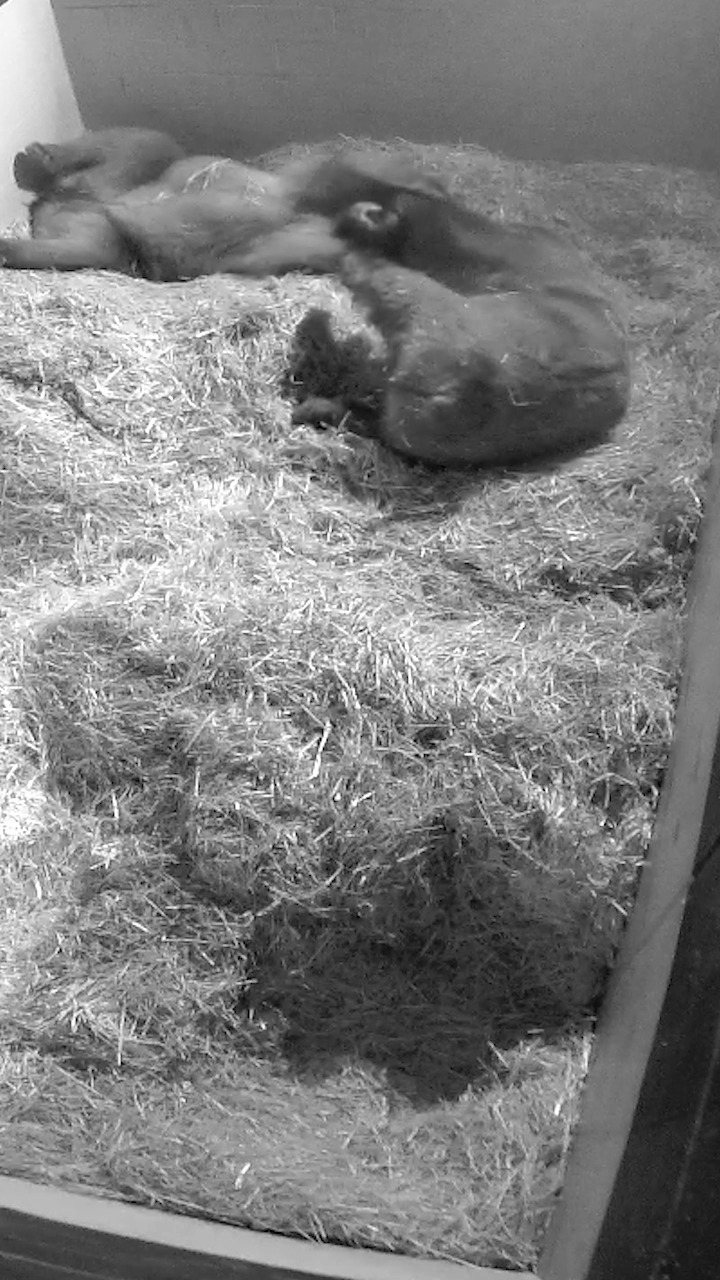– The hibernation habits of grizzly bears and the role of salmon in their ecosystem
– The intriguing social structure and behavior of grizzlies as they prepare for winter
– The importance of protected habitats and wildlife conservation efforts for grizzly population sustainability
As the moon hangs low in the wintertime sky, it illuminates a sight rarely seen by human eyes – the serene slumber of grizzly bears cozily ensconced within their dens. The air around is crisp and filled with the silence of the season, save for the occasional rustle of the winter wind. During this time, the grizzlies, those majestic giants of the wilderness, enter into a state akin to our peaceful slumbers’ reveries. What dreams may come to these slumbering beasts, you ask? Why, visions of salmon, perhaps—their hunt, capture, and sustenance—dance through their dreaming minds as they await spring thaw.
Let’s journey to understand these fascinating creatures and their seasonal cycles, unwrapping the mystery behind the inactivity within the den and diving into the swirling currents where the salmon swim. We’ll explore the delicate balance of nature that permits these two distinct yet intertwined lives to flourish.
As the leaves wither and the days wane, a profound shift begins in the life of a grizzly bear. Instinctively attuned to the rhythm of the seasons, these grand creatures ready themselves for a period of rest, the purpose of which transcends mere sleep. Hibernation, a state of minimal activity and metabolic depression, is essential for their survival during the scarcest months for food. But unlike what fairy tales often tout, hibernation is not a deep, uninterrupted sleep; rather, it’s a complex energy-saving strategy that sees the bear’s heart rate plummet and its body temperature drop slightly, conserving precious calories and water.
While most see hibernation as a shut-down period, it’s truly a time of immense physiological marvel. Did you know the bear’s body, during this period, can break down the waste products in its body without the need to excrete? Or that the females give birth during this dormant period, nurturing their cubs with a rich milk supply even while fasting?
In preparation for this annual retreat, the grizzly’s pre-hibernation behavior becomes a spectacle in its own right. From late summer through fall, grizzlies enter hyperphagia, a feeding frenzy where they consume vast amounts of food to build fat reserves. They can eat up to 90 pounds daily, gaining over 3 pounds each day. Now, enter the salmon, the veritable star in the grizzly’s dining sky, every bite a cache of proteins and fats — an essential energy source to last through their long winter fast.
The connection between grizzlies and salmon is profound. The rivers and streams teeming with these fish provide a banquet for the bears and a critical force in shaping the ecosystem. As grizzlies catch and feed on salmon, the uneaten remnants of their meals serve as an important nutrient source for the surrounding flora, illustrating a splendid example of the harmonious system within nature.
Venturing deeper into the bear’s lifestyle, we discern a complex social structure, where each bear maintains a territory but may converge in food-rich areas, like salmon spawning grounds, observing a certain bear etiquette that dictates dominance and submission. Even though adult grizzlies are largely solitary, these gatherings often allow juvenile bears to learn the nuances of social interaction and foraging.
The precarious balance that supports the grizzly’s existence also underlines an urgent message – the need for conservation. The preservation of habitats where these creatures roam and hibernate, the safeguarding of salmon runs, and the maintenance of ecological integrity are paramount for the continued survival of this species. Efforts to conserve and protect the territories of grizzly bears have proven that humans can harmonize with their ferocious neighbors, offering an inspiring testament to the tenacity of life thriving against the odds.
The world outside continues its relentless ebb and flow as the grizzlies rest nestled in their dens. Yet, in these quiet caves of respite, the cyclical dance between predator and prey, between rest and awakening, between survival and flourishing plays out just beneath the surface. It’s a brilliant reminder that life is being nurtured, renewed, and sustained in profound silence, even in the quiescent of winter’s embrace.
So, as we contemplate the grizzly tucked away in its den, let us revel in the unfathomable complexity and beauty of the wild world. Each creature, from the mightiest bear to the smallest salmon fry, plays an integral role in the tapestry of life — a tapestry that we, as stewards of the planet, have the privilege and responsibility to protect and reverence.
In their quiet winter dens, as grizzly bears dream their piscine dreams, let us envision a world where the dance of predator and prey remains a testament to the resilience of nature — a dance that we must ensure continues for generations to come.
Majestic in their presence and deliberate in their movements, the grizzlies are the essence of the wild, a living representation of nature’s raw beauty and strength. And while these giants sleep, a world outside continues to evolve, awaiting the coming spring when the bears – and the rivers they depend on – will burst back into life, driven by an age-old cycle that is as inevitable as it is enchanting.
Let this reflection be a clarion call for those who care about our shared planet to act, preserve, and celebrate the existence of these great bears and the wild landscapes they inhabit. It’s a journey of awareness that can start with a simple moment of wonder — somewhere out there, beneath the frost-limned forest haven, a grizzly dream of salmon streams as the world awaits the giant’s awakening once again.
*****
Source Description
The grizzlies were nestled all snug in their den while visions of salmon danced in their heads 🐟


